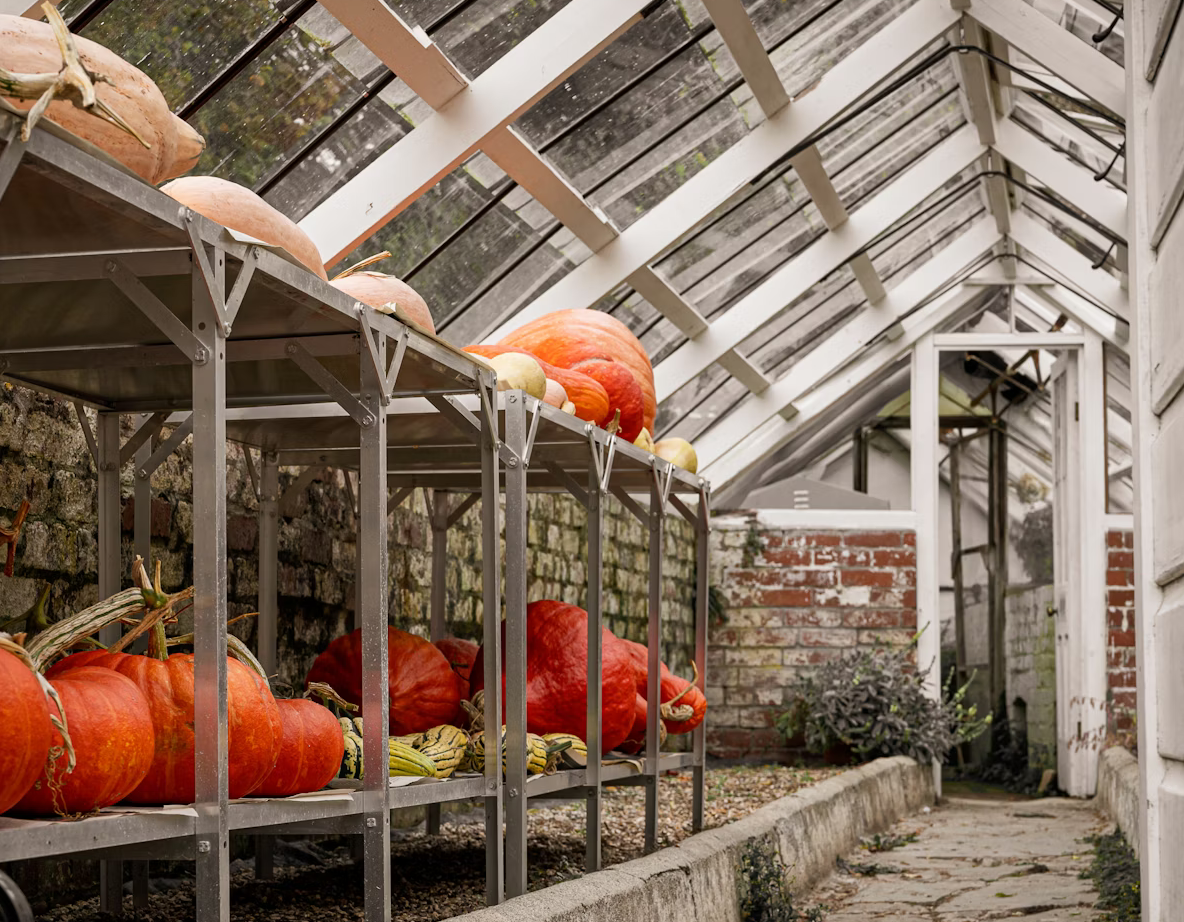Seasonal eating is precisely what it sounds like- eating foods which are in season. Eating seasonal food is being promoted as one aspect of a sustainable diet, frequently interpreted as local food, and subsequently the market for these foods is becoming becoming more and more popular.
When eating in accordance with the food that is in season in your region, you will be reaping the cyclical benefits needed for cleansing and healing during that environment. For example, red grapes and blueberries, available in later summer and autumn, contain stilbenoid compounds that work with vitamin D to boost the immune system in preparation for the colder months ahead. Moreover, the nutrient content of fruits and vegetables is typically highest when it is at its peak ripeness. Once you begin eating seasonally, you will feel more in tune with your body and the nutrients that it needs. You will be able to feel your body’s natural cravings transition with each season.
Eating seasonally has significant environmental benefits. Firstly, reduced carbon footprint; as seasonal foods are typically grown locally, minimal transportation is required, reducing greenhouse gases associated with shipping, refrigeration, and storage. Secondly, lower energy use. Seasonal crops grow more naturally and require fewer resources like artificial lighting and heating, leading to reduced energy consumption. This ultimately minimises the environmental impact of food production.
Thus, eating seasonally is a simple yet important way of promoting both our personal health and protecting our environment. By choosing foods that are naturally available during each time of year, we align our diets with the rhythms of nature, benefiting from fresher produce and richer nutrients. At the same time, seasonal eating helps lower our carbon footprint and energy use, fostering a more sustainable and mindful approach to food. Ultimately, eating seasonally nourishes not only our bodies but also the planet we depend on.
